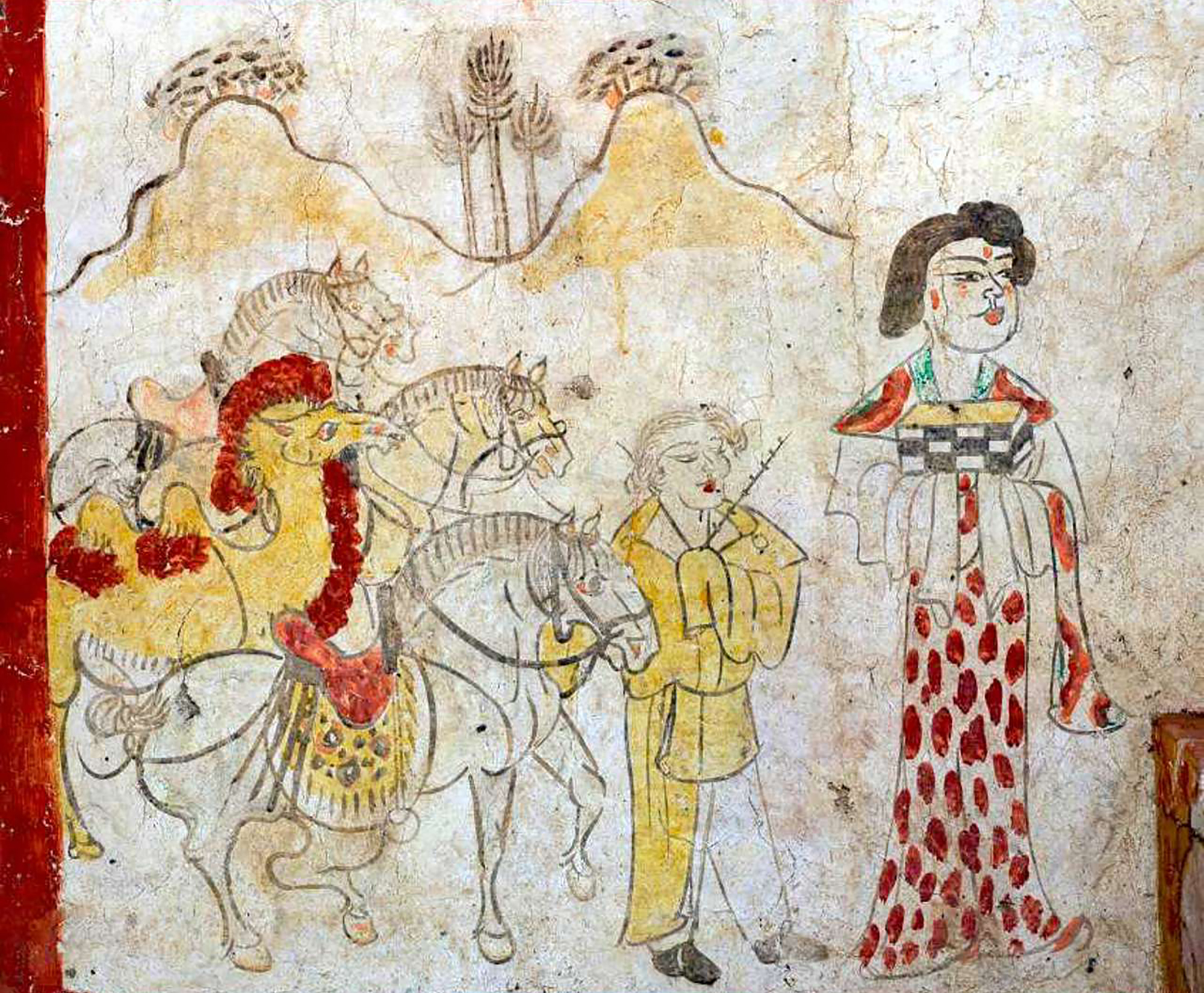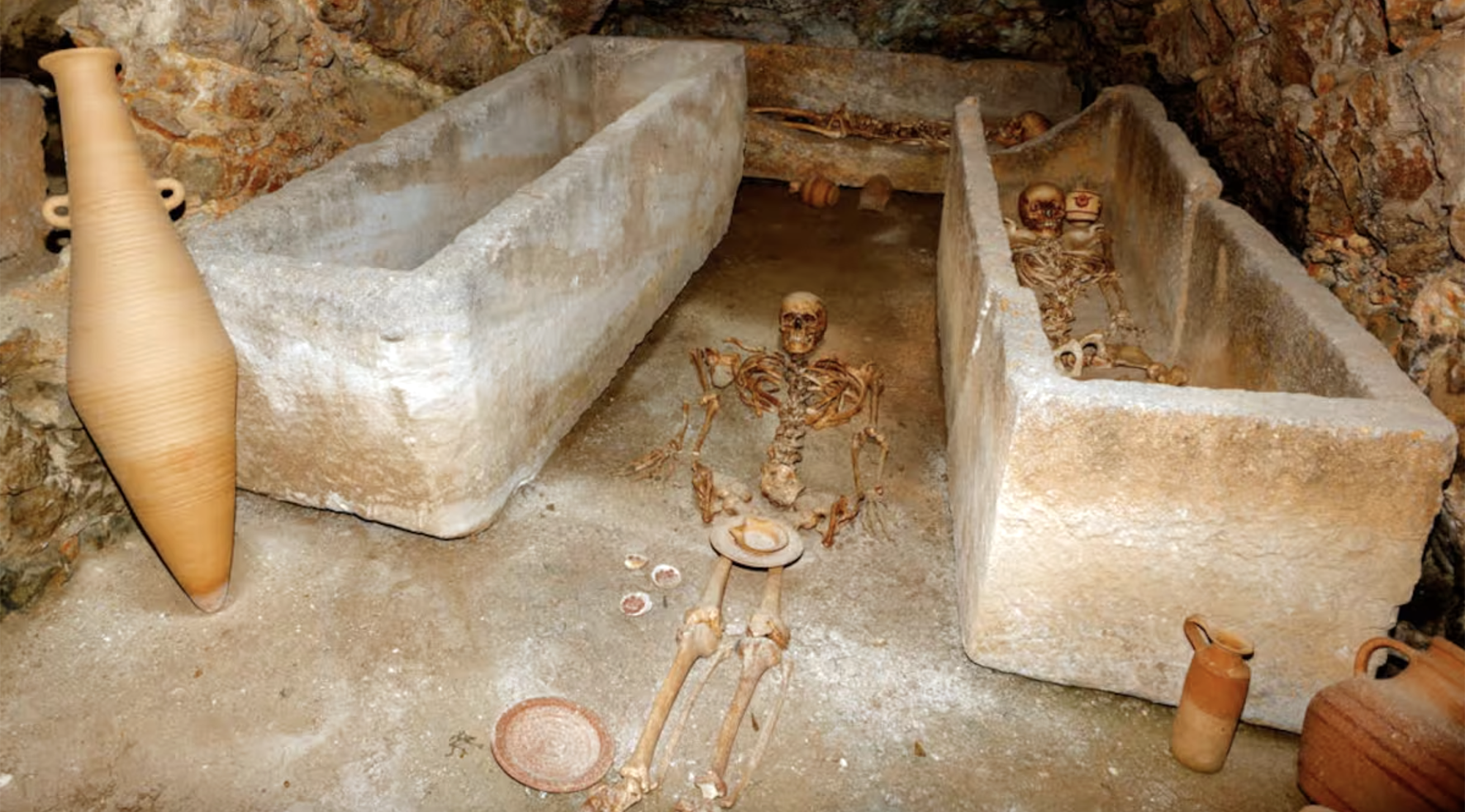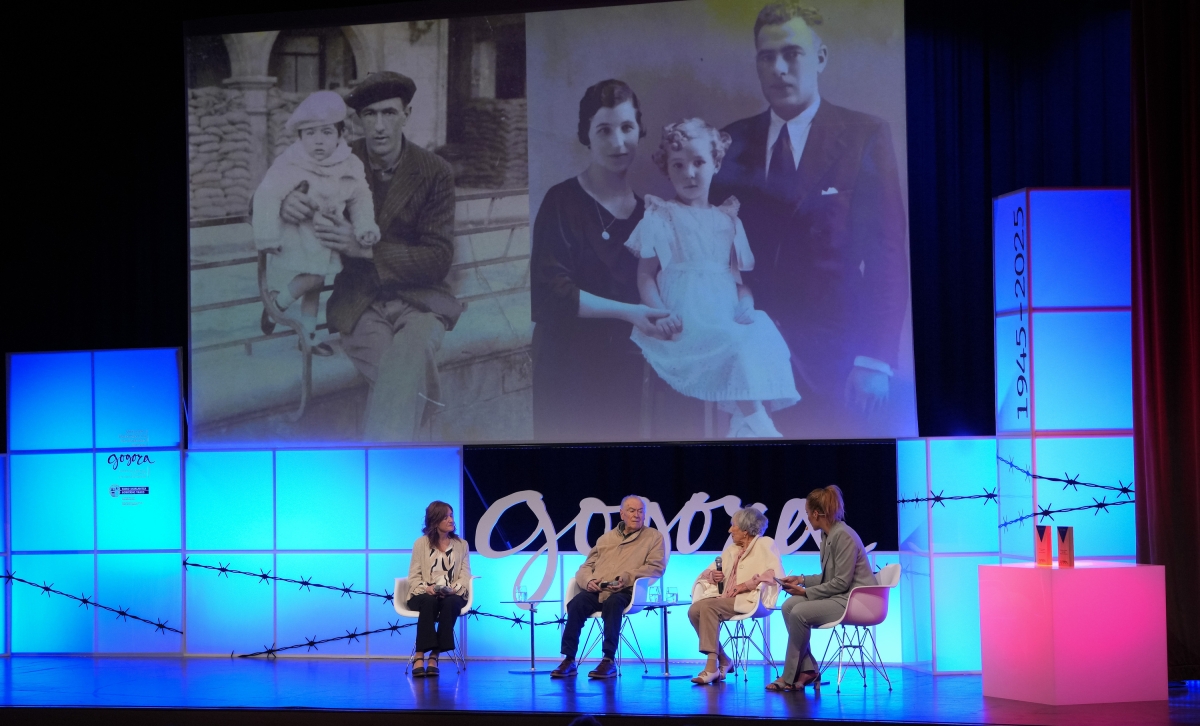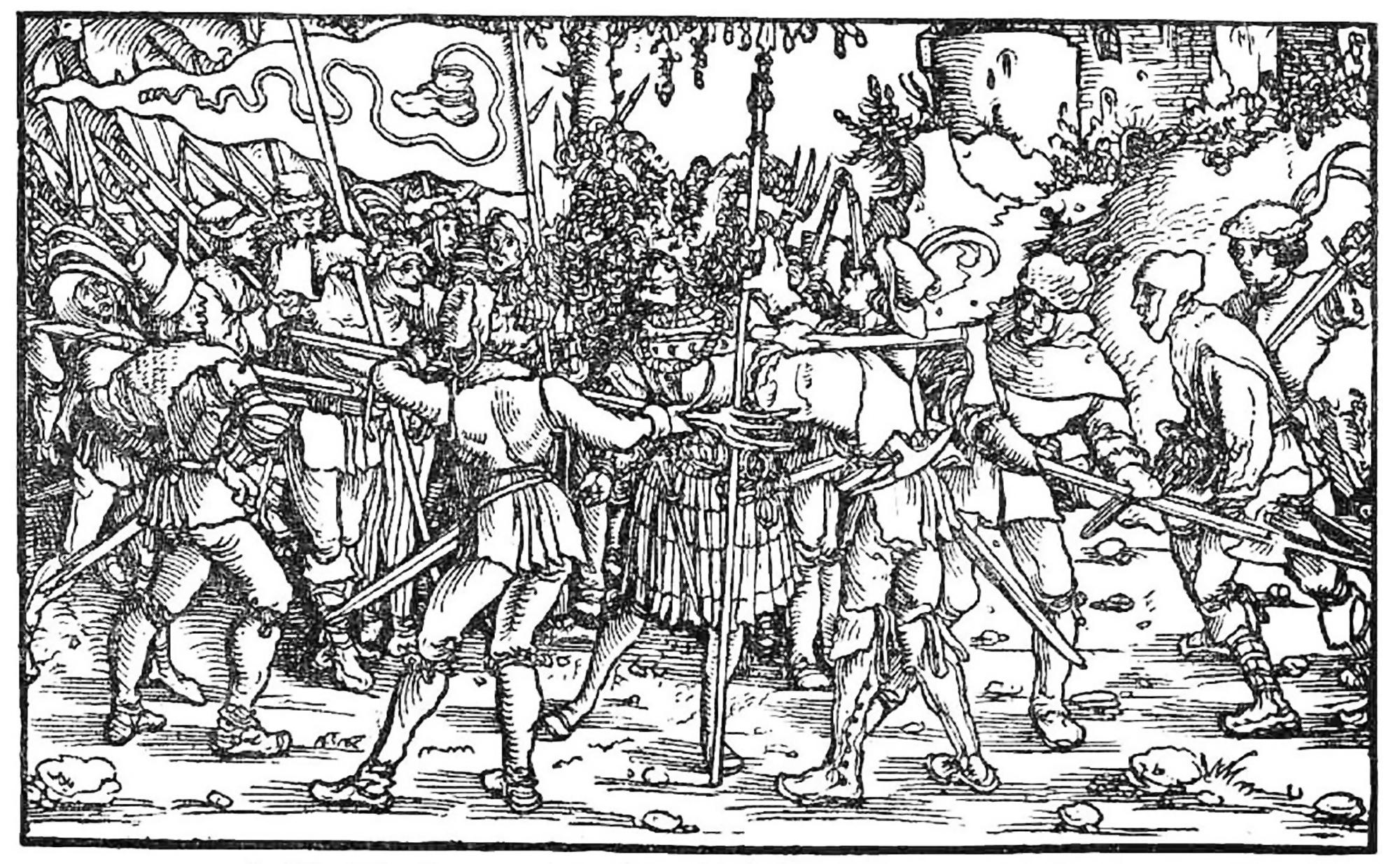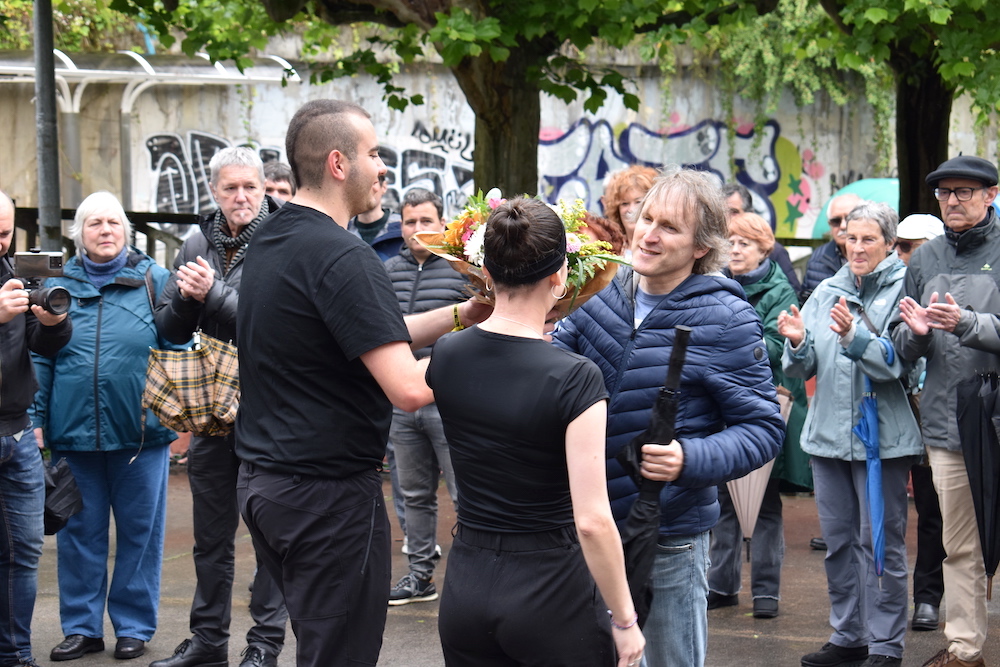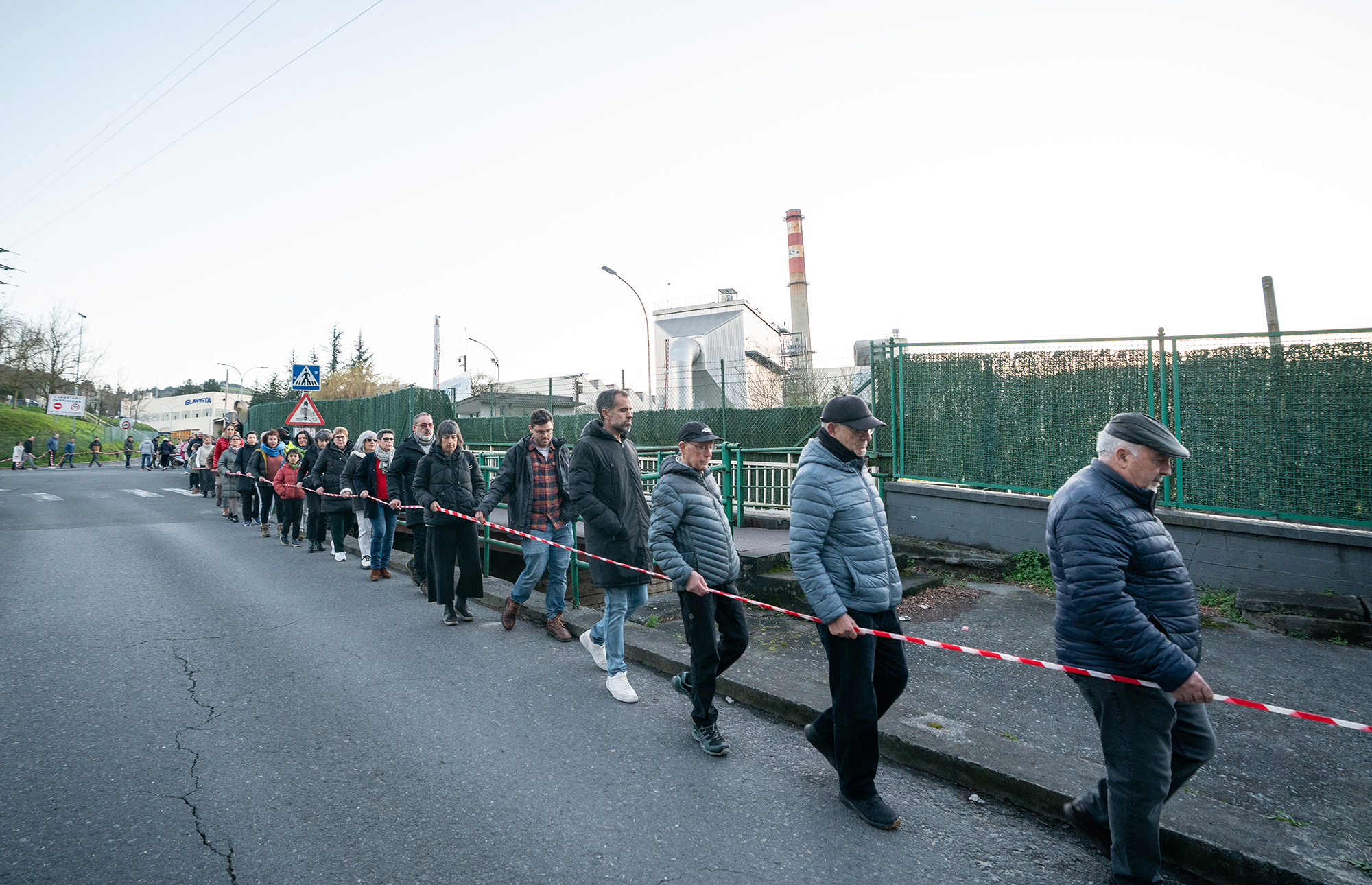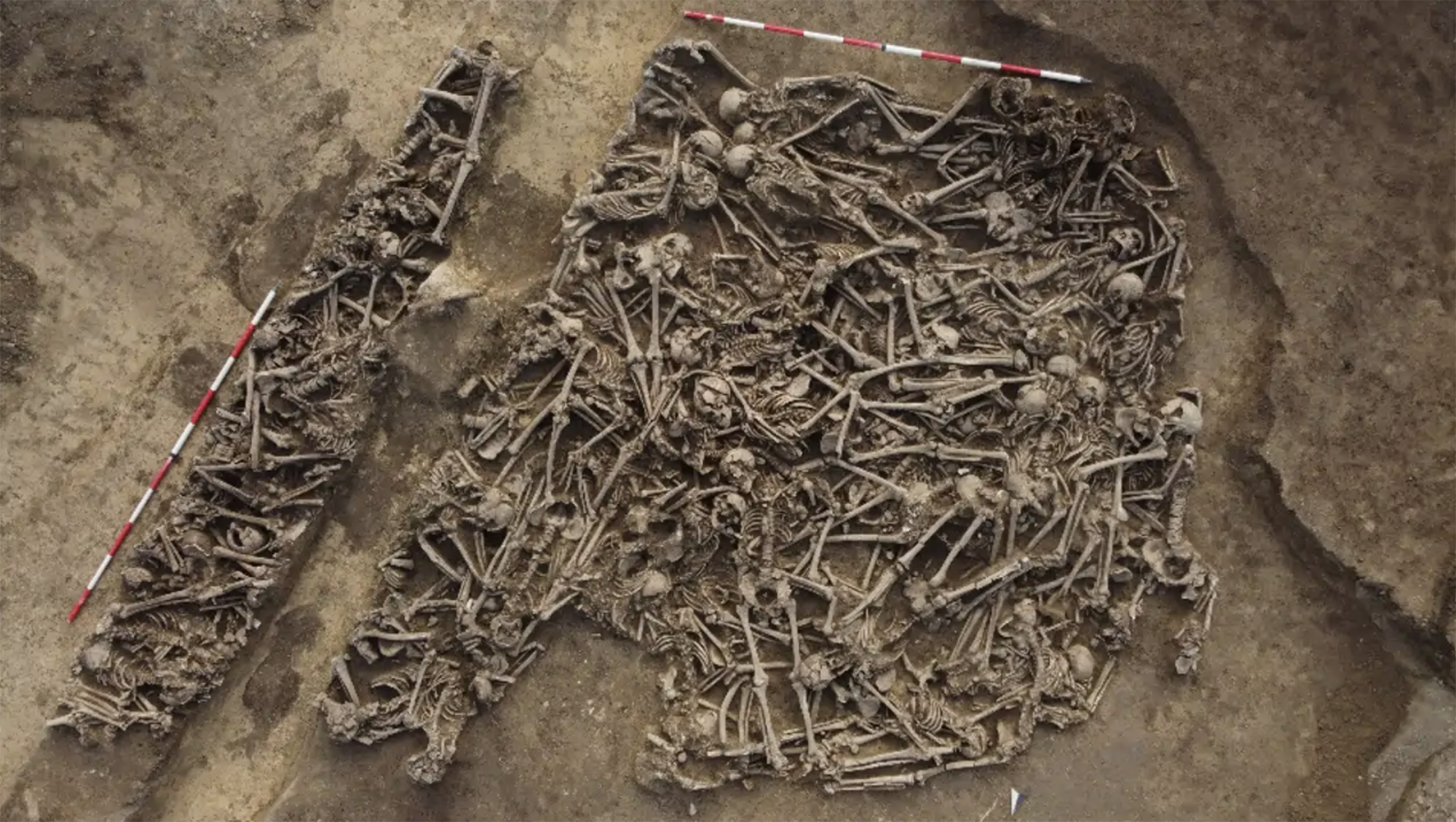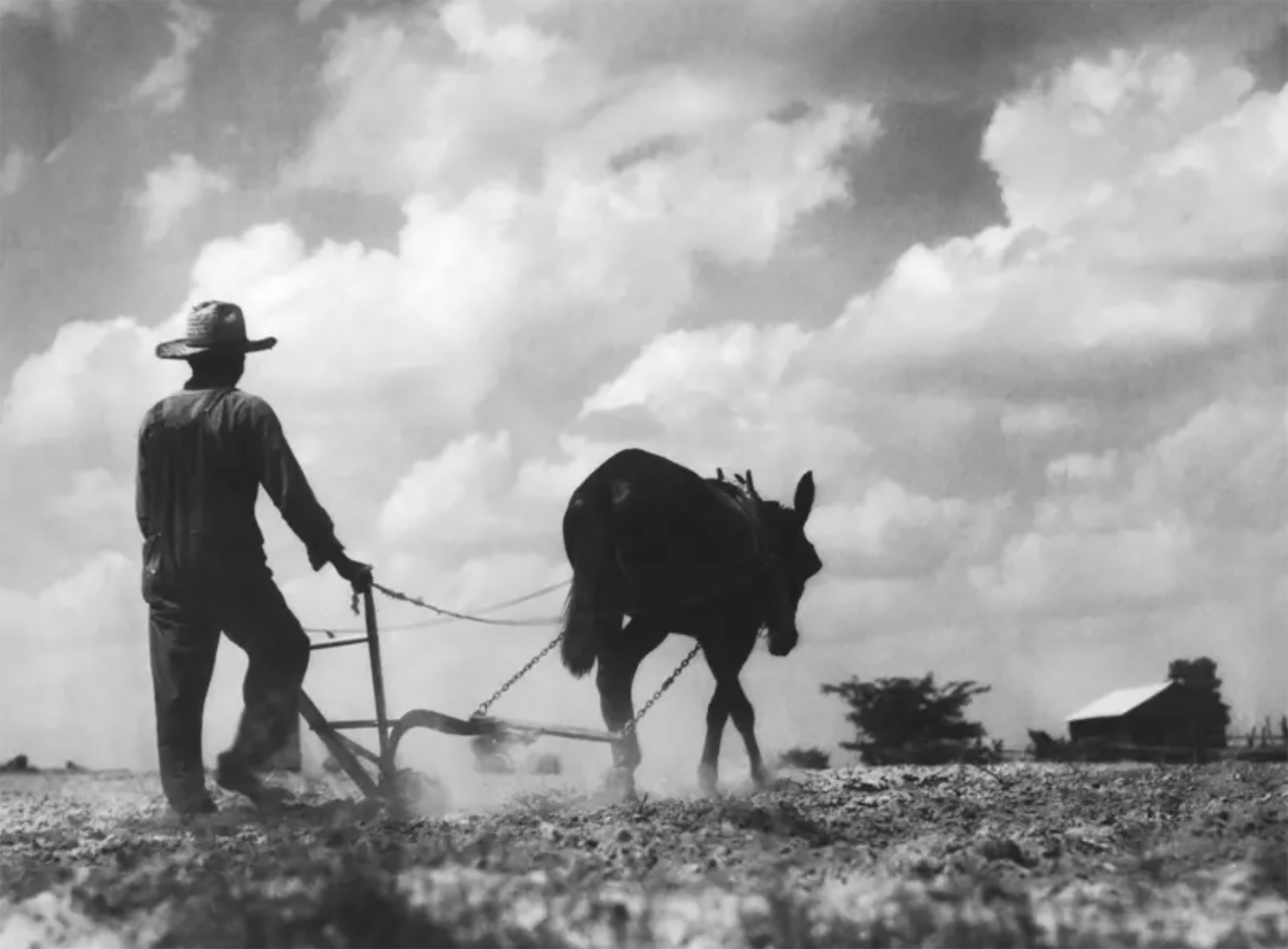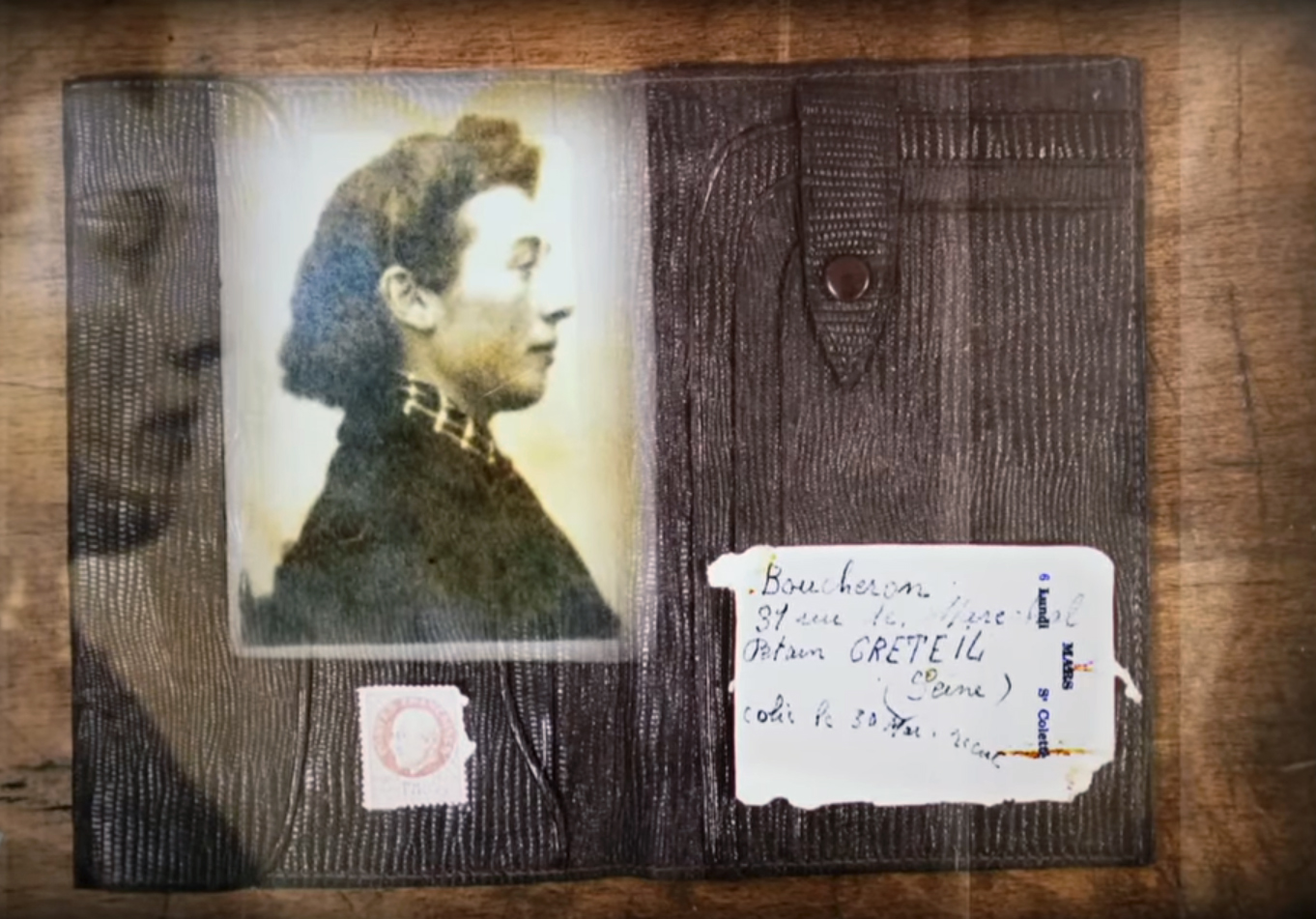Basazabal and history
- In January, the Zurban-Basazabal Palace of Azpeitia was inaugurated. They managed it outside and inside and put it into use after so many years of closure. The tourist office is in the area, several multipurpose rooms have started operating at high speed, and other activities such as weddings and others.

Now that the newly embellished house is in the view of the public, we also need to make a story. Thus, they wanted to publicize Azpeitia and some of the inhabitants of the time it was built, by placing posters or information panels.
One of the concerns of the public authorities is not only to look after culture, heritage and history, but also to give the citizens good information about them, without lies, leaving aside attempts at deception. We must also be able to look for the cane of historical science and historians, to try to show what the essence and the edges, the lights and the shadows of a society have been, so that everyone can then draw their own conclusions.
However, the texts of the Basazabal panels hide a lot of history from here and here. The profile, very flat, of a multitude of characters of gigantic shadow, appears without folds on it, all plain and plain, covering that much of its fame and fortune had fallen into the shelter of the deep dark regions. And here too, dozens of houses, churches and palaces have been built, which has taken away the others. And that can be thought, you can say in the right place, but it seems that it's not well written so it can be seen by anybody.
We seem to want to show a society free from conflicts and contradictions. This, moreover, knowing that hundreds and thousands of visitors from the town and the surrounding area entering Basazabal will eat and devour what those walls tell, which for them will be the official version of some episodes of our history and, therefore, the only version that is written on those panels.
Among other things, those of us who want to be 'adventurers' and 'humanists' are the 15th to 16th centuries. in the context and context of the imperial dreams of Castile and Spain of the 15th and 16th centuries, they have multiplied and become fully fattened: Zurbano, Saenz Elola, Antxieta, Enparan, Loiolatarrak... It has always been like this: empires are enriched and exercised for simple people and serious or inferior cultures. And in our country are the persecuting bishops, the conquerors, the court musicians, the merchants, the saints.
Zurbano, Martín Azpeitia was an inquisitor and bishop at the time of the Catholic Monarchs, in the conquest of Navarre, and a faithful collaborator of his State policy. Saenz Elola, Nicolas Azpeitia, for his part, served the Charles Empire I.aren alongside Pizarro in the Cajamarca massacre (according to the chronicles, between 4,000 and 5,000 people were killed by Spaniards in a single afternoon, while they had a single victim, "a black slave"). Atahualpa Inka was arrested and murdered. In the partition of its treasures is our "humanist adventurer", so is the beautiful chapel built in the church of the people. When he came home, he was prosecuted for beating his wife. How many of those!
We cannot become involuntary advocates and publicists of the old lords and the big ones, forgetting the secular struggles of the people and peoples. Acricism is classicistic, and not accepting it makes us accomplices to the masses we cover. The possibility of a critical review of our history cannot be allowed to bypass or ignore the aspects that are deplorable to us, under tourism or other vaguages.
Azpeitia is today an open and progressive people, who have been brought to where it is for the work and struggles of the citizens. The achievements of the people cannot be explained to the great and noble, the spaces and the history that the people have made of them cannot become bullets of the caciques and the great. This means, to a large extent, that we are prepared to throw stones at the efforts and struggles of all generations.
We have a lot of questions and it is not easy, but it is also our responsibility to seek answers. How does history read? What needs to be understood today with concepts like them and like us? What is the role of history and memory in today's society? What about yesterday's memory? And tomorrow? How does history present itself to the people, to the citizens? How and why use it in public spaces?
People cannot be treated as tourists, tourists cannot be treated as merchandise. The authorities must work to ensure that people, their heritage and their memory, are respected.
This beautiful palace of Basazabal is now within the reach of the people, but the story that is told on the interior walls against the people, is a story behind the back of the people. There is a good opportunity to start saying things differently.
In the Chinese province of Shanxi, in a tomb of the Tang dynasty, paintings depicting scenes from the daily lives of the dead are found. In one of these scenes a blonde man appears. Looking at the color of the hair and the facial expression, archaeologists who have studied the... [+]
Carthage, from B.C. Around the 814. The Phoenicians founded a colony and the dominant civilization in the eastern Mediterranean spread to the west. Two and a half centuries later, with the decline of the Phoenician metropolis of Tyre, Carthage became independent and its... [+]
Salvador Puig Antich frankismoaren kontrako militantea izan zen. Askapen Mugimendu Iberikoko kidea, 1973ko irailaren 25ean atxilotu zuten. Gerra-kontseilua egin zioten, eta garrotez exekutatu zuten handik sei hilabetera, 1974ko martxoaren 2an. Aurtengo otsailean baliogabetu du... [+]
Rudolf Botha hizkuntzalari hegoafrikarrak hipotesi bat bota berri du Homo erectus-i buruz: espezieak ahozko komunikazio moduren bat garatu zuen duela milioi bat urte baino gehiago. Homo sapiens-a da, dakigunez, hitz egiteko gai den espezie bakarra eta, beraz, hortik... [+]
Böblingen, Holy Roman Empire, 12 May 1525. Georg Truchsess von Waldburg overthrew the Württemberg insurgent peasants. Three days later, on 15 May, Philip of Hesse and the Duke of Saxony joined forces to crush the Thuringian rebels in Frankenhausen, killing some 5,000 peasants... [+]
During the renovation of a sports field in the Simmering district of Vienna, a mass grave with 150 bodies was discovered in October 2024. They conclude that they were Roman legionnaires and A.D. They died around 100 years ago. Or rather, they were killed.
The bodies were buried... [+]
Washington, D.C., June 17, 1930. The U.S. Congress passed the Tariff Act. It is also known as the Smoot-Hawley Act because it was promoted by Senator Reed Smoot and Representative Willis Hawley.
The law raised import tax limits for about 900 products by 40% to 60% in order to... [+]









